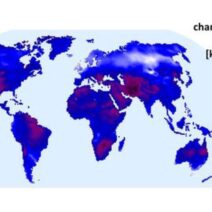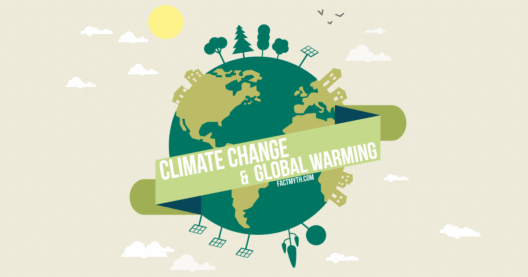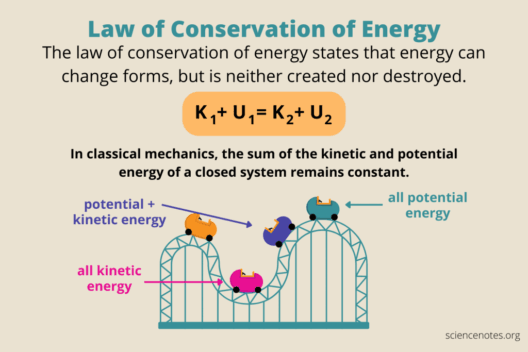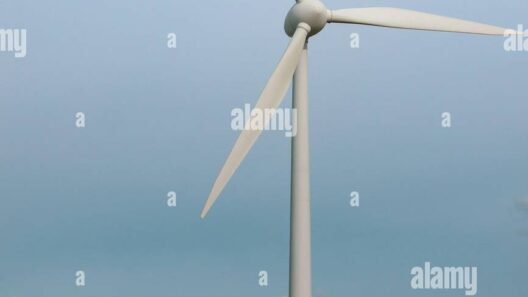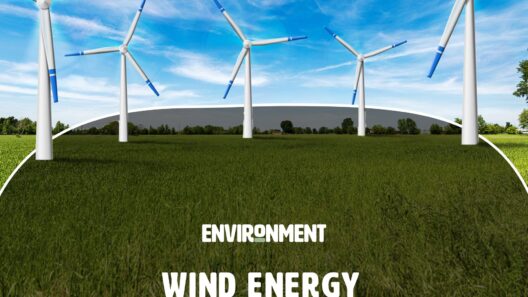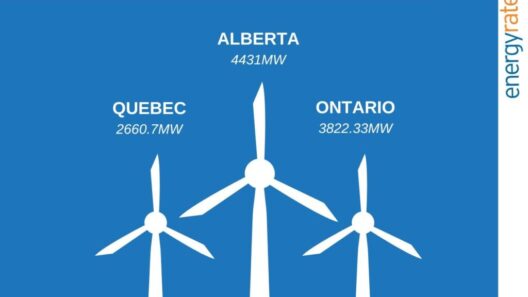In the quest for sustainable energy, wind power emerges as a formidable contender, resembling a legion of modern knights harnessing the invisible forces of nature. As we delve into the crux of its efficacy, one must ponder: Is wind energy truly efficient? This inquiry transcends mere numbers and statistics, inviting a holistic evaluation of performance, potential pitfalls, and promise.
The essence of wind energy lies in its ability to convert kinetic energy from moving air into mechanical power. This transformation, akin to a maestro conducting an orchestra, produces electricity that fuels our homes and industries. Nonetheless, the symphonic harmony of wind power is not without its nuances, and understanding its efficiency becomes paramount.
The Mechanics of Wind Energy: How It Works
At the heart of wind energy lies a deceptively simple mechanism. Wind turbines, often towering like giants on the horizon, capture the energy generated by the wind’s motion. These turbines comprise several intricate components, including blades, a rotor, a generator, and a tower. As the wind blows, aerodynamic forces propel the blades, causing the rotor to spin. This rotational movement engages the generator, producing electricity through electromagnetic induction. It is an elegant ballet of physics, where nature and technology interlace to produce energy.
Understanding this machinery prompts us to consider the capacity factor, a critical metric defining the efficiency of wind energy. This factor measures the actual output of a wind turbine relative to its maximum potential output over a specified period. Wind turbines typically operate at a capacity factor of around 35% to 45%, which demonstrates that while they are efficient, they do not operate at full capacity all the time. The variances in wind speed and consistency play pivotal roles in this dynamic, likening the performance of wind turbines to a dancer showcasing their prowess, albeit sometimes faltering during the quiet moments of stillness.
Performance: The Dance of Efficiency and Reliability
Assessing performance entails examining various aspects, such as wind resources, turbine technology, and environmental impacts. The geographical location of wind farms significantly influences their effectiveness; areas with consistent, strong winds promote higher energy yields. Regions like the Great Plains of the United States or coastal zones possess prime conditions for wind energy production, where the canvases of land yield a bounty of clean energy.
Turbine technology has evolved remarkably, incorporating advancements in design, materials, and engineering. Modern turbines are larger, more efficient, and more reliable than their predecessors, often equipped with smart technologies that optimize performance. However, even the most sophisticated machinery faces challenges—intermittency and variability in wind patterns can lead to gaps in energy supply, necessitating complementary energy sources to maintain a stable electrical grid. The interplay of various power generation methods becomes vital, akin to a multifaceted orchestra where each instrument must strike its note at just the right moment.
Moreover, the environmental footprint of wind energy warrants attention. While it is far less polluting than fossil fuels, the construction and maintenance of wind farms can disrupt local ecosystems and wildlife. The aesthetic impact on landscapes and concerns about noise pollution further add layers to the conversation surrounding wind energy. It is critical to strike a balance between harnessing renewable energy and preserving nature’s integrity.
Advantages and Limitations: The Two Sides of the Same Coin
Wind energy offers a plethora of advantages, notably its minimal greenhouse gas emissions during operation, sustainability, and ability to create jobs within local communities. The renewable nature of wind power means that as long as the sun shines and the Earth spins, the winds will continue to blow—a poetic reminder of our planet’s resilience.
However, no energy source is without its limitations. The intermittency of wind remains a significant hurdle, with fluctuations in energy production that can complicate energy supply management. Energy storage solutions, such as advanced batteries or pumped hydro, are not yet universally implemented and can be costly. Additionally, the upfront costs of establishing wind farms can be substantial, though they are offset over time by the low operating costs and free resource of wind.
Furthermore, public perception and policy play a vital role in the wind industry’s growth. Legislative support, subsidies, and community acceptance can either propel or hinder progress. Engaging communities in discussions and decision-making processes ensures that wind energy development is inclusive and considerate of local needs.
In conclusion, the efficiency of wind energy is marked by its complexity and potential. While it offers a sustainable alternative to fossil fuels, the realities of variability, environmental impact, and technological advancements must be addressed. Wind energy is not merely about the turbines whirling in the breeze but a nuanced tapestry of innovation, responsibility, and hope. As we continue charting a course toward a greener future, wind energy holds a pivotal place—a windswept promise beckoning for exploration and commitment to our collective environmental legacy.
